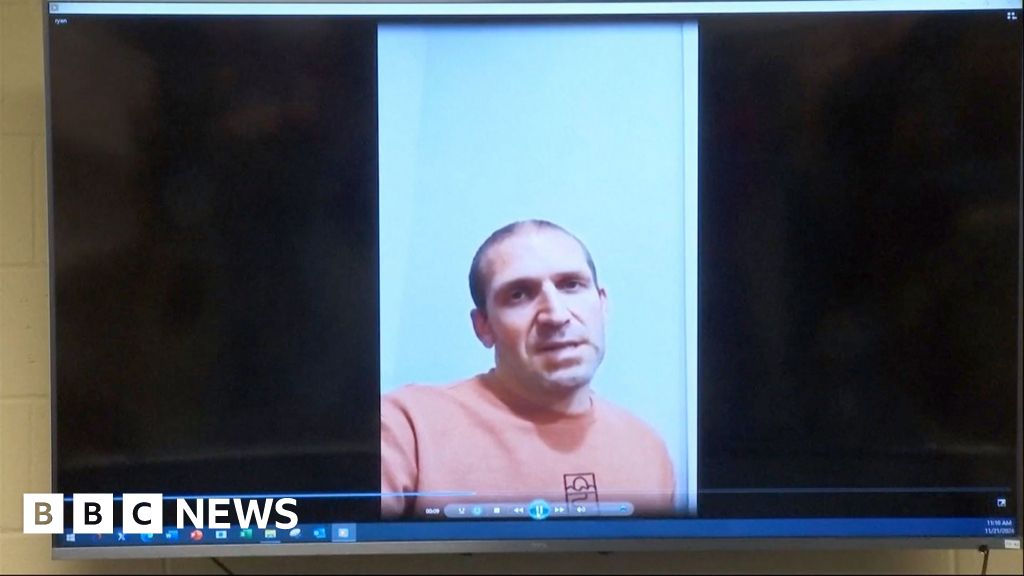Friends and family searched for
missing
haj pilgrims on Wednesday as the death toll at the annual rituals, which were carried out in scorching
heat
, surged past 900.
Relatives scoured hospitals and pleaded online for news, fearing the worst after
temperatures
hit 51.8C in Mecca, Islam's holiest city, on Monday.
About 1.8 million people from all over the world, many old and infirm, took part in the days-long, mostly outdoor pilgrimage, held this year during the oven-like Saudi summer.
An Arab diplomat told AFP that deaths among
Egyptians
alone had jumped to "at least 600", from over 300 a day earlier, mostly from the unforgiving heat. That figure brought the total reported dead so far to 922, according to an AFP tally of figures released by various nations.
A diplomat in
Saudi Arabia
said 68 Indian nationals had died during the haj pilgrimage. "Some are because of natural causes and we had many old-age pilgrims. And some are due to the weather conditions, that's what we assume," the diplomat, who spoke on condition of anonymity, told AFP.
In addition to Egypt, fatalities have also been confirmed by Jordan, Indonesia, Iran, Senegal, Tunisia and Iraq's autonomous Kurdistan region, though in many cases authorities have not specified the cause.
Saudi Arabia has not provided information on fatalities, though it reported more than 2,700 cases of "heat exhaustion" on Sunday alone. The country has spent billions of dollars on crowd control and safety measures for those attending the annual five-day pilgrimage, but the sheer number of participants makes ensuring their safety difficult.
Social media networks have been flooded with pictures of the missing and requests for information. Those searching for news include family and friends of Ghada Mahmoud Ahmed Dawood, an Egyptian pilgrim unaccounted for since Saturday. "The good news is that until now we did not find her on the list of the dead people, which gives us hope she is still alive," said one family friend based in Saudi Arabia.
The haj is one of the five pillars of Islam and all Muslims with the means must complete it at least once. Its timing is determined by the Islamic lunar calendar, shifting forward each year in the Gregorian calendar. For the past several years the mainly outdoor rituals have fallen during the sweltering Saudi summer. According to a Saudi study published last month, temperatures in the area are rising 0.4C each decade. A 2019 study by experts at MIT found that even if the world succeeds in mitigating the worst effects of climate change, the Haj would be held in temperatures exceeding an "extreme danger threshold" from 2047 to 2052, and from 2079 to 2086.
Deaths aren't uncommon at the Haj, which has drawn at times over 2 million people to Saudi Arabia. Last year more than 200 pilgrims were reported dead. There have also been stampedes and epidemics through the pilgrimage's history. A 2015 stampede in Mina during the haj killed over 2,400 pilgrims, the deadliest incident to ever strike the pilgrimage, an AP count showed. Saudi Arabia has never acknowledged the full toll of the stampede. A separate crane collapse at Mecca's Grand Mosque, which preceded the Mina disaster, killed 111 people. The second-deadliest incident at hajj was a 1990 stampede that killed 1,426 people.

 5 months ago
21
5 months ago
21









